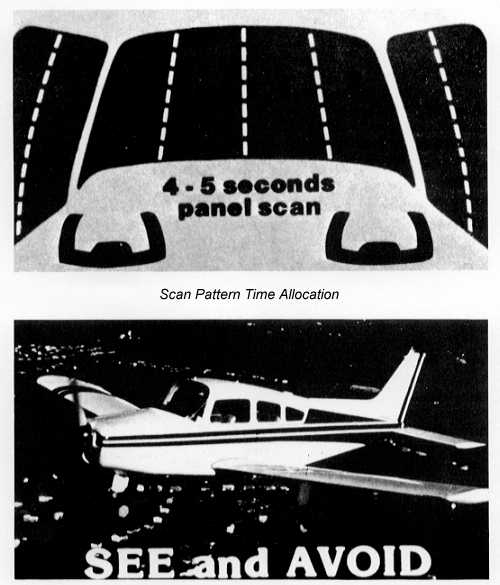Airplane Black Boxes
Diagram
of Data Flow to Aircraft Black Boxes
In the past decade, the discipline of Human
Factors has become instrumental in determining the causes of Aircrafts Accidents.
So, however, the disappearance of Malaysia Airlines flight MH370 has absorbed
the imagination what’s going on here? Unanswered questions such as why the
communication system was disabled, and why the aircraft apparently executed a turn
to the left before it disappeared have deepened the mystery, no distress call
has reported. But this is not the first time a plane has gone missing, in my personal
and objective opinion the box records cockpit communications is a key here to
find all the evidence to solve this accident.
The history of aircraft recording devices is somewhat
stony, interestingly enough; the first flight data recorder was installed by
the Wright Brothers on their original airplane in 1903. The installed a device
that recorded engine RPM, time and distance traveled. From then on, not much
was heard about recorders until we entered the Jet era.
So, as Aircraft System and Cockpits became more
sophisticated, aircraft accident investigation became harder, but there was
less evidence remaining after the crash. So, meanwhile, aircraft accidents were
becoming more expensive and less acceptable, a solution designed solely to help
the investigator was the Flight Data Recorder (FDR) and the Cockpit Voice
Recorder (CVR).
Let’s review a brief history of Black Boxes: It
can resist temperatures up to 2,000°F and impact forces of 3400 Gs /6.5ms, the secrets
of airplane crashes, including what went wrong and why. So the color it's not
black at all it’s actually orange. Popularly referred to as a "black
box" by the media when a fatal crash is reported.
Specification:
Time recorded .......................... 30 min
continuous, 2 hours for solid state digital units
Number of channels ................. 4
Impact tolerance ...................... 3400 Gs
/6.5ms
Fire resistance .......................... 1100
deg C /30 min
Water pressure resistance ........ submerged
20,000 ft
Underwater locator beacon ...... 37.5 KHz
Battery: 6yr shelf life
30 day operation
Who Invented The Black Box?
The Black Box was invented by an Australian
scientist named Dr. David Warren. Though Warren was working at the Aeronautical
Research Laboratory in Melbourne in the mid-1950s he was involved in the
accident investigation surrounding the mysterious crash of the world’s first
jet-powered commercial aircraft, the Comet. Understanding that it would have
been useful for investigators if there had been a recording of what had
happened on the plane just before the crash, he got to work on a basic flight
data recorder. The first demo unit was produced in 1957, but it was not until
1960, after an unexplained plane crash in Queensland, that Australia became the
first country in the world to make the Black Box mandatory for all commercial
aircraft.
The data recorded by the Flight Data Recorder (FDR)
is used for accident investigation, as well as for analyzing air safety questions,
material degradation and engine performance, also another kind of flight
recorder is the cockpit voice recorder (CVR), which records conversation in the
cockpit, radio communications between the pilots including conversation with
air traffic control staffs.
As technology continues to develop it is likely
that Black Boxes, or flight data recorders, will become more and more
sophisticated and more reliable, giving to Aviation Accident Investigators more
to go on when thoroughly trying to piece together what caused a plane crash.
This part will be essential to resolve was
what happened with the Malaysia Airlines flight MH370, hopefully soon the
investigators can find this device to resolve this mystery never ever seen in
commercial aviation.
